According to the latest regulations, failure to classify household solid waste and use packaging containing household solid waste will result in fines ranging from 500,000 to 1 million VND. It is therefore crucial to understand household solid waste and how to classify it properly. Let’s learn about it now!
1. What is solid waste?
Household solid waste refers to solid waste generated from activities such as production, business, healthcare, and daily life. It includes items such as plastic bags, bottles, glass, paper, rubber, zinc, aluminum, copper, iron, and anything else that has been used and disposed of in the environment.
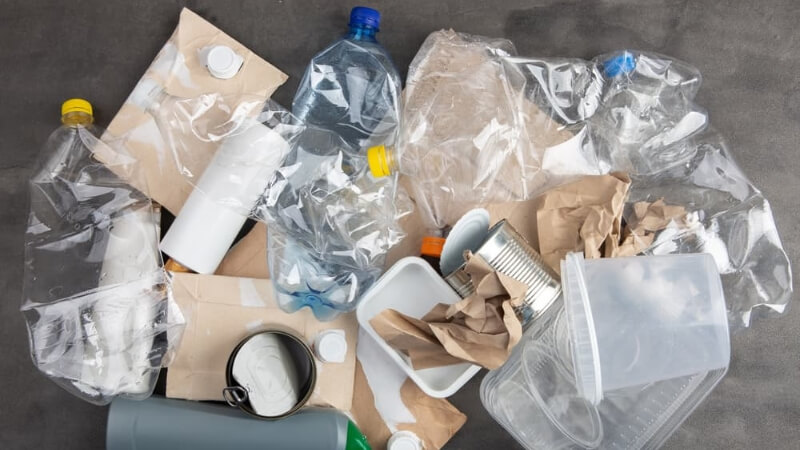 What is solid waste?
What is solid waste?
2. Guide to classifying household solid waste
According to Article 75 of the 2020 Environmental Law prescribed by the Ministry of Natural Resources and Environment, household solid waste is classified into three groups:
- Organic biodegradable waste
- Solid waste with reuse potential
- Other household solid waste
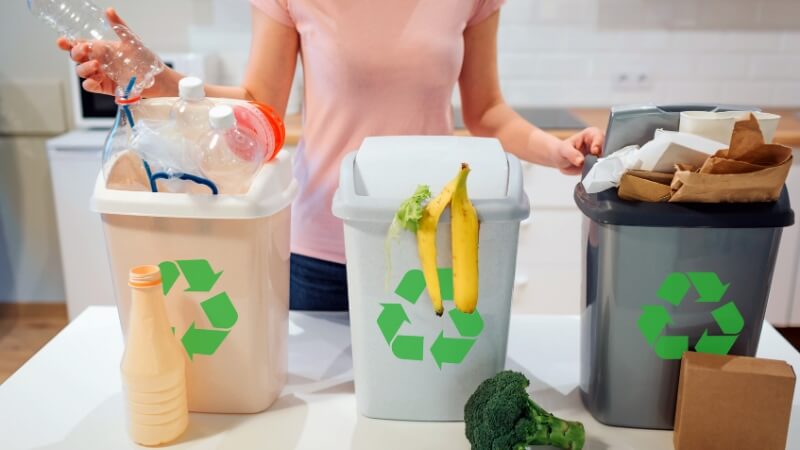 Classifying household solid waste into 3 groups
Classifying household solid waste into 3 groups
Food waste (biodegradable household waste)
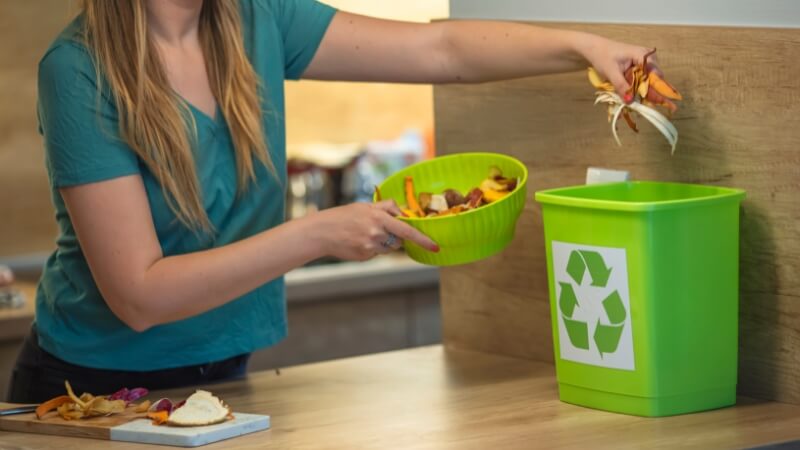 Food waste (biodegradable household waste)
Food waste (biodegradable household waste)
Food waste includes expired and unused food, food leftovers, flowers, plants, leaves, vegetables, fruits, and waste from processing and preparation. These can be used as organic fertilizer and animal feed, as encouraged by the Ministry of Natural Resources and Environment.
Inorganic waste with reuse potential and recycling
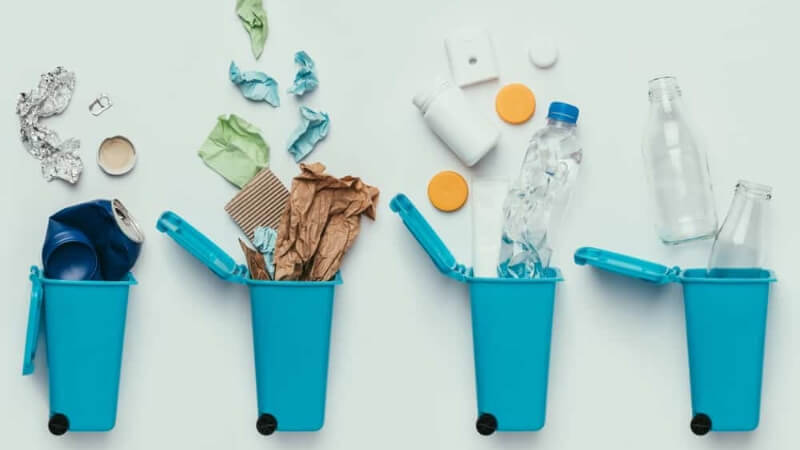 Inorganic waste with reuse potential and recycling
Inorganic waste with reuse potential and recycling
Inorganic waste that can be recycled and reused includes plastic, nylon, paper, metal, rubber, and glass. These materials should be properly classified and sent to recycling facilities.
Classification of other household solid waste
 Classification of other household solid waste
Classification of other household solid waste
Other non-biodegradable household waste that cannot be classified as organic or recyclable includes plastic bags, styrofoam containers, clothes, shoes, fibers, fabrics, and more.
3. Effective methods of disposing household solid waste
After proper classification, it is important to dispose of household solid waste effectively using appropriate methods. Some common methods include:
Reasonable incineration and landfill of solid household waste: This method needs to address the issue of smoke emissions during incineration and ensure compliance with environmental technical standards.
 Reasonable incineration and landfill of solid household waste
Reasonable incineration and landfill of solid household waste
Treatment by recycling waste: This method promotes the development of the industry, reduces resource exploitation, and protects the environment. Plastic, paper, metal, and other recyclable materials should be sold to scrap material buyers or sent to recycling plants.
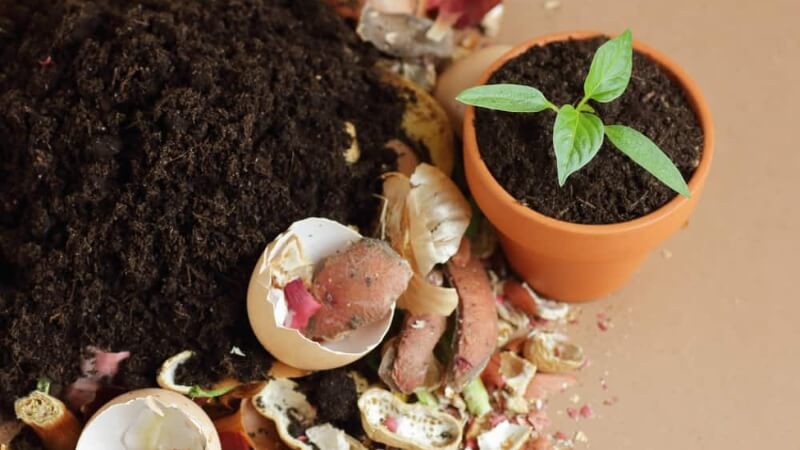 Treatment by recycling waste
Treatment by recycling waste
Treatment of waste using biological methods: Non-toxic organic waste can be treated through biological processes such as fermentation.
 Treatment of waste using biological methods
Treatment of waste using biological methods
By following proper waste disposal methods, we can minimize the impact on the environment and contribute to sustainable waste management.
Source: Hellobacsi.com Health News

































